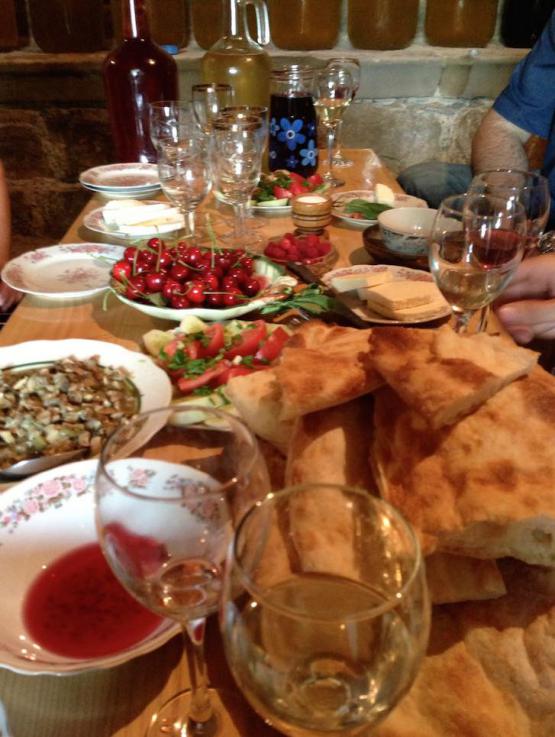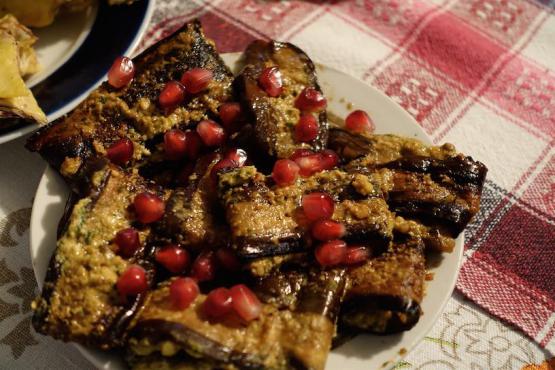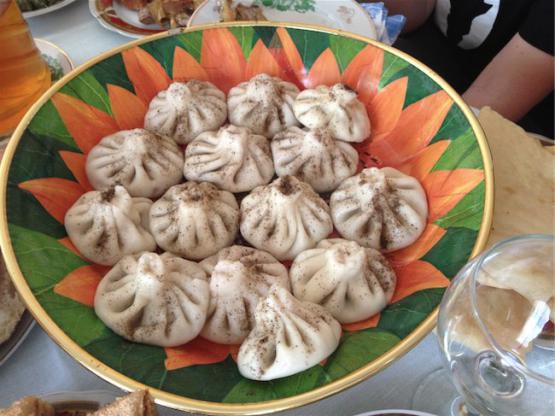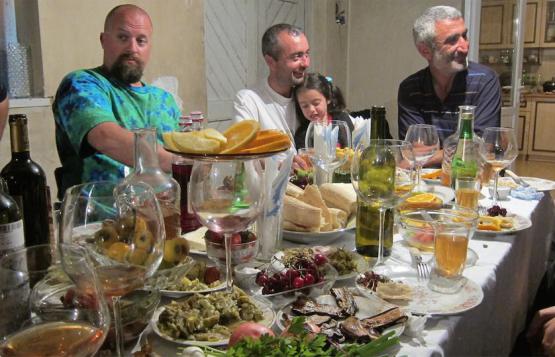Random thoughts on Georgia
3 min read
By Alice Feiring (Wine Writer & Author)
…There was scientist from Germany who was studying yeast. She made the oft parsed statement that a wine made with only native yeast will be more complex than with commercial, but it will be more problematic because the bad yeasts might take over.
There was a flurry of noise from the audience, but one arm shot up before the other, he was the oenologist for the Alaverdi monastery. This man who bore something of a resemblance to Gorbachev, stood up. He was wearing traditional garb, a sword resting on his hip. As he started to speak his voice shook with emotion, he accused her as a heretic, “Are you saying that G-d did not provide the grape with everything it needed to make wine? There are no bad yeasts.”
I’m not much for religion. I ran from it decades ago. But I was struck, and continue to be struck by the connection the clergy of Georgia has with wine and natural winemaking. Perhaps it is a reaction of being on the other side of the Caucasus mountains where wine is forbidden. When the Muslims pulled up the vines, the Georgians planted them. There is more than just wine, but an expression of life and freedom. France and Italy and Spain yes, all of those great countries have wine embedded into their life and culture, but Georgia was the first time I saw wine as a connection to their lifeline.
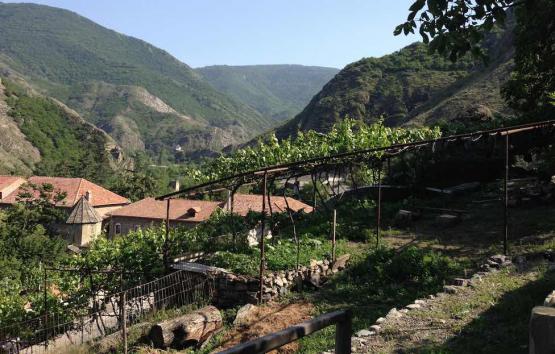
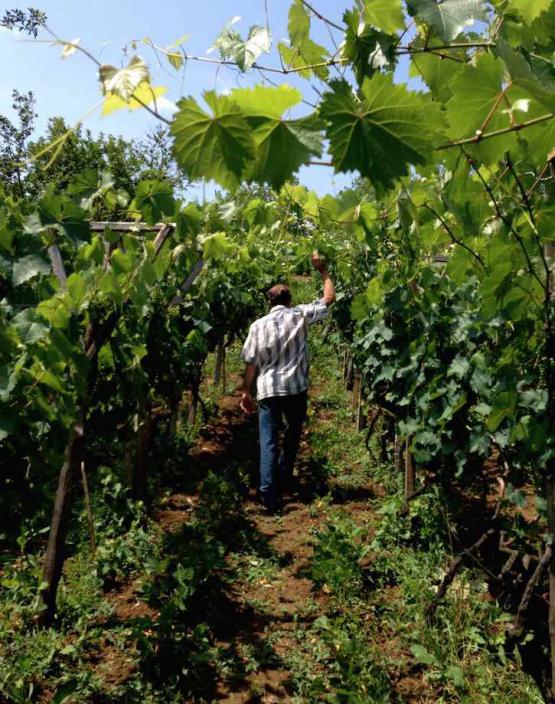
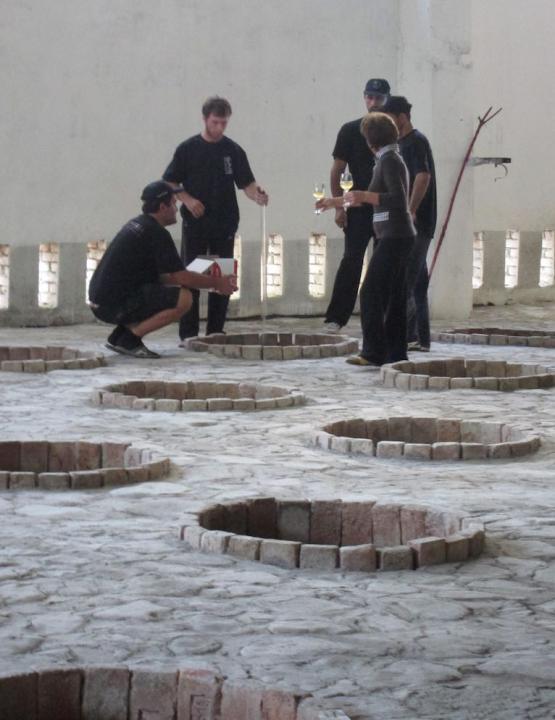
…The best foods were those marvelous clay oven breads, the odd wild capers marinated, the dumplings, the carnelian cherry juice, the vivid Matisse like colors of the table, the fresh herbs on the table for munching instead of chips, buffalo milk cheese, the feral tasting honey, the bean soup and the pickles.
And the wines? I loved the best of them. Favorite grapes of their over 500 native ones are for the whites, Kisi, Chinuri, Rkatsiteli, Mtsvane. For the reds, Saperavi and Shavkapito.
The reds often have a gritty tannin I rather enjoy. Some descriptors? Prune, plum, spice, brick. The whites were; begonia, waxy, bee, rich, honey, spearmint. Instead of what we’re used to; wines with oak and wines in steel (or cement or..) here the qvevri wines are; those fermented on their skins and those pressed off their skins. So you get one version elegant, one version full throttle, but still either or are expressions of the grape without added wood flavors.
